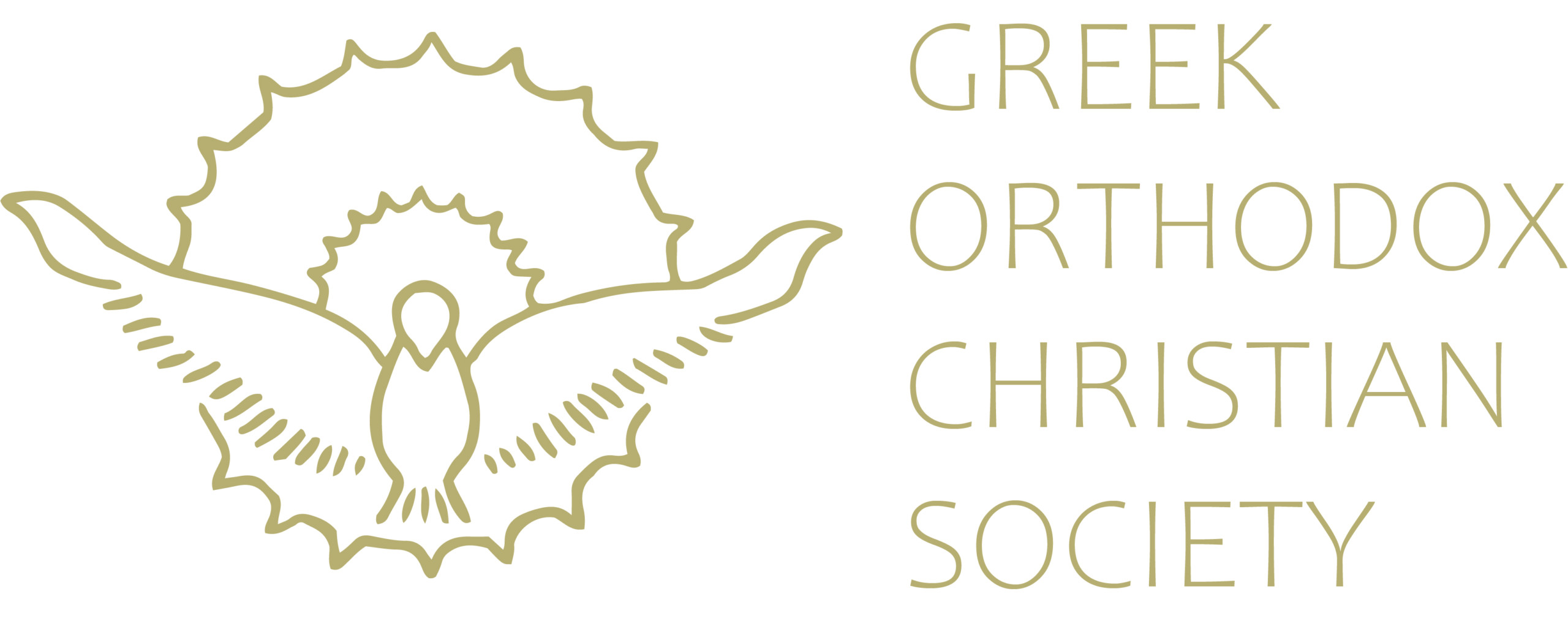Kneeling
Kneeling A mother was worried about her child. She asked St Porphyrios (recently canonized) for his prayers and counsel. His response surprised her: “show me your knees”. He pointed out that there were no callouses and that more prayer for her child on bended knee was required! Prayer, which is our lifeline to God, can be done either standing, kneeling or sitting, be it at home or in church. The stance we take during prayer can be telling of our spiritual state. In the Old Testament, there are many references to bowing, kneeling and prostrations. King David wrote: “O come [...]
